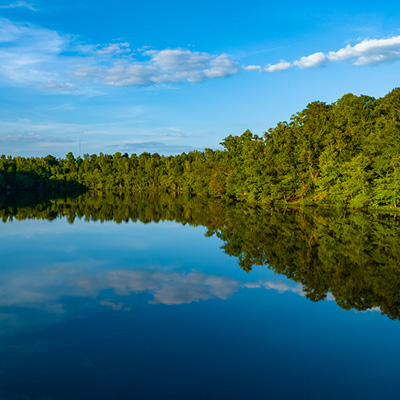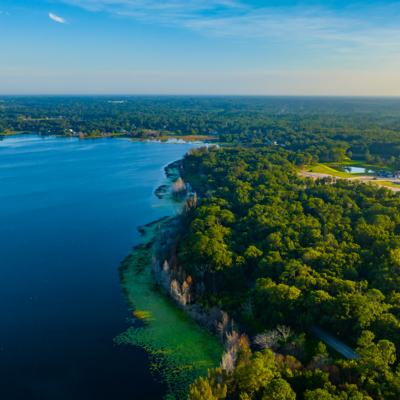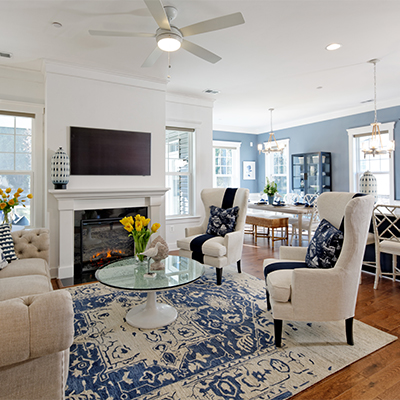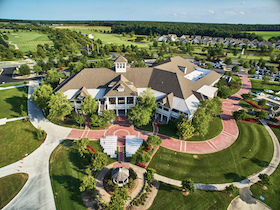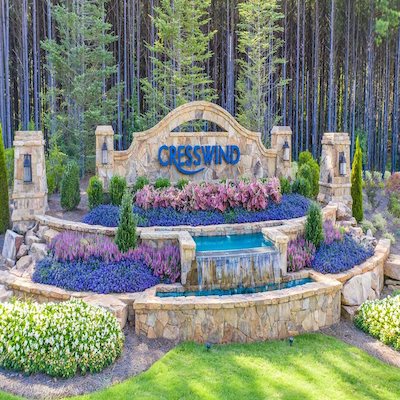What Do I Need to Know About Retiring in Mexico
What do I need to know about retiring in Mexico
If you have been thinking about retiring in Mexico this article will you give you some basic facts and advice to get you started on your adventure south of the border. Most people start off considering a Mexican retirement because of its low cost of living – it is possible to live in Mexico in considerable style on a social security income. But others come here because of its warm winter climate, its great beauty, or because it is an adventure far opposed from living in a stateside-gated American retirement community.
Whatever your reasons for considering a Mexican retirement, here are some factors to think about:
Where to Live:
Lake Chapala and Aijic. The most popular place for American and Canadian retirees is in the Lake Chapala region, either in Chapala (Lakeside) or nearby Aijic. Lake Chapala is Mexico’s largest fresh water lake and incredibly beautiful Americans and Mexicans tend to live side by side in Chapala (it is a popular weekend spot for folks from nearby Guadalajara), whereas Ajijic tends to be more homogenously populated by those from north of the border. Planned, gated communities dominate there.
Guadalajara. This stately city in north central Mexico used to be one of the hotter spots for Americans to retire. In recent years it has ceded its popularity to the Lake Chapala region some 45 minutes to the south. Still, many prefer Guadalajara because of its culture, shopping which includes big-box American stores like Wal-Mart and Costco, graceful architecture, and old-style Mexican ambience. Guadalajara is Mexico’s second largest city with 5 million people. The State Department estimates some 50,000 Americans live in the Guadalajara area.
Baja. Cabo San Lucas, Tados Santos, and San Jose, del Cabo are the southernmost points on the long Baja Peninsula, which starts with the border city of Tijuana and nearby Ensenada. By contrast with these northern towns, Cabo is a playground for the rich and famous. Americans have settled all along this beautiful and extremely dry coast.
San Miguel de Allende. San Miguel de Allende is a former colonial silver town that many consider to be the crown jewel of central Mexico. It has the cobblestone streets and charm that reminds one of old Mexico. It also has terrific shopping (art and folk-art), many excellent restaurants, and attracts many wealthy people.
Puerto Vallarta. This city on the Pacific Coast has been growing and growing for the last 40 years. Many resent its high rises and sprawl while others appreciate the good life that comes with beautiful beaches, hills, and a relaxed, inexpensive lifestyle. Located on the coast to the north of Puerto Vallarta are the somewhat lower key towns of Mazatlan and Guaymas.
Pueblo. This World Heritage Site is located at about 7,000 ft. about sea level in the mountains of central Mexico, 2 hours south of Mexico City. The city has a distinguished tradition as an ancient Spanish city. There is a rich culture and architectural history. The city features many colorful squares, a vibrant arts scene, as well as being the gastronomical capital of Mexico. It is another of the most popular retirement destinations for North Americans.
Mazatlan. Mazatlan is a major port and tourism is popular for its sandy beaches. Its location is to the north of Puerta Vallarta. During the 40’s and 50’s many hotels were built here to accommodate the tourist trade. John Wayne used to come here for the sport fishing.
Acapulco Located far down the Pacific coast is the resort town of Acapulco. There are many parts of this city, new and old. There are exclusive communities in the hills and along the coast. Acapulco is about 190 miles southwest of Mexico City.
For more practical articles about retirement communities and retirement issues, see our Tips and Picks section.
Cost of Living
It costs dramatically less to live in Mexico than in does in the U.S. or Canada. Popular stories on the web and in magazines tell of renting 3 bedroom houses for $600 month and being able to hire a maid or gardener for $10 a day. Homes in beautiful neighborhoods can typically be purchased for half the U.S. cost. Actual costs like these are possible but the relative luxury and feasibility will range from place to place – check out realtors in various communities to get a better idea. Energy costs tend to be low because of warm winters. Taxes are not a major factor.
Healthcare:
U.S. Medicare is not accepted in Mexico, but Americans can purchase health care insurance from the national insurance program at about $300 a year. Many writers indicate they are pleased with the quality of Mexican healthcare. If you cannot speak fluent Spanish it is a good idea to bring a friend as interpreter however. Guadalajara has several excellent hospitals including Hospital San Javier, Hospital del Carmen, and Americas Hospital.
Property:
Americans can purchase real estate in Mexico and pass it on to their heirs. Obviously it is a foreign country so one is well advised to hire a competent advisor to help negotiate any local difficulties. A Notario is required to help complete any real estate transaction.
Taxes:
Mexico has a value added tax. Property taxes are low relative to the U.S. U.S. residents who own a home in the U.S. and derive most of their income outside of Mexico will generally not have to pay Mexican income tax. But they might have to pay more taxes in connection with the sale of any Mexican real estate.
